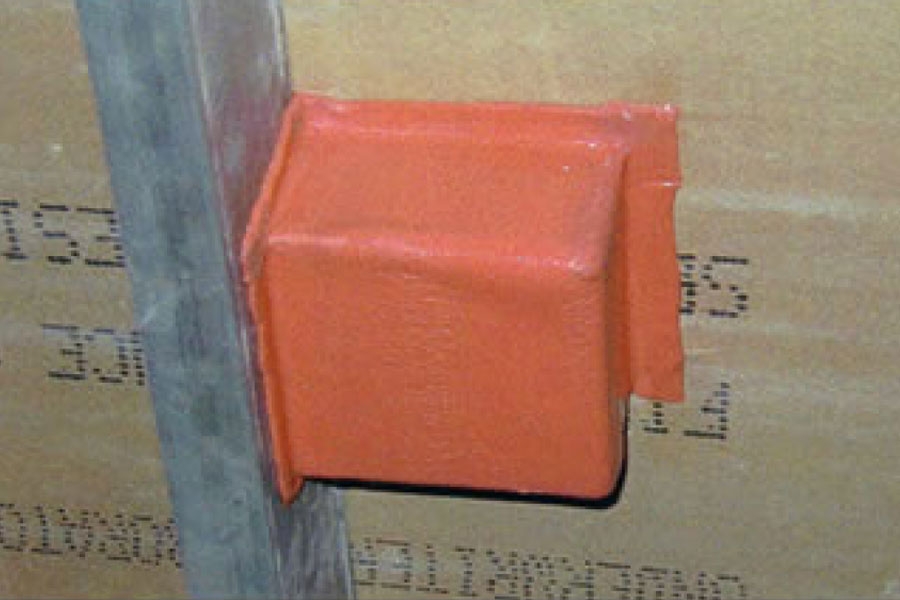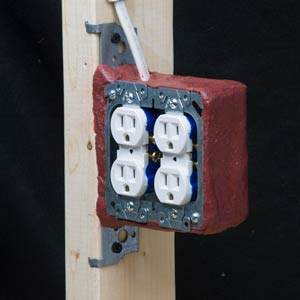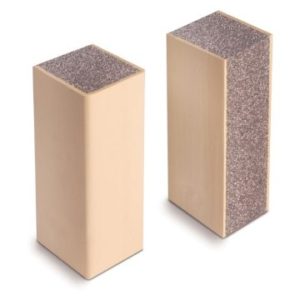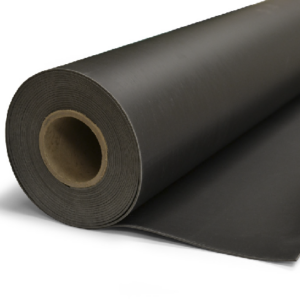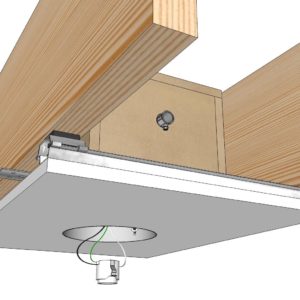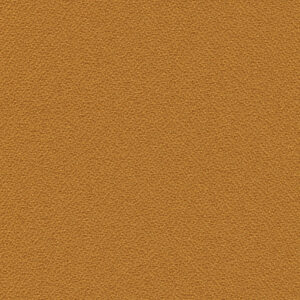Description
Putty Pads – Acoustical & Fire-Rated Sealant for Electrical Boxes
Product Overview:
Putty Pads are pre-formed, fire-rated acoustical sealants designed to maintain the acoustic integrity and fire resistance of wall assemblies when penetrated by electrical boxes and outlets. These easy-to-apply pads prevent sound leakage and help block the passage of smoke and flames through wall penetrations.
Key Features:
-
Fits standard single and double gang electrical boxes
-
No cutting or piercing required
-
Double-sided poly liner for clean, easy handling
-
Effective sound and smoke barrier
-
Rated for firestop performance
-
Can be trimmed and packed into small gaps or around cables
Applications:
-
Electrical outlets
-
Light switches
-
Cable and media outlets
-
Wire and conduit pass-throughs
-
Low-voltage and communication boxes
Fire & Acoustic Performance:
-
STC Rating: 62 (ASTM E90-04 / ASTM C919)
-
Fire Rating: Meets ASTM E814 (UL1479)
-
Expansion Temp: Begins at 230°F
-
Volume Expansion: >500% (free expansion)
Technical Specifications:
-
Size: 7.25″ x 7.5″ x 3/16″ | 9″ x 9″ x 3/16″
-
Color: Red
-
Odor: None
-
Density: 1.45 kg/L (12.08 lb/gal)
-
In-Service Temp Range: -10°F to 120°F
-
Storage Temp: <120°F
-
Shelf Life: Unlimited
Installation Instructions:
- Remove one side of the poly liner.
- Apply the pad directly to the electrical box, overlapping onto the adjacent stud or wallboard.
- Press into place along all sides.
- Cut slits if needed for wires or conduit.
- Press and seal around all openings for maximum performance.
- Excess material can be packed into conduit fittings to prevent sound and smoke transfer.
Cleaning & Maintenance:
Wipe off excess material immediately from all surfaces. Clean skin with a waterless hand cleaner or soap applied before rinsing with water.

